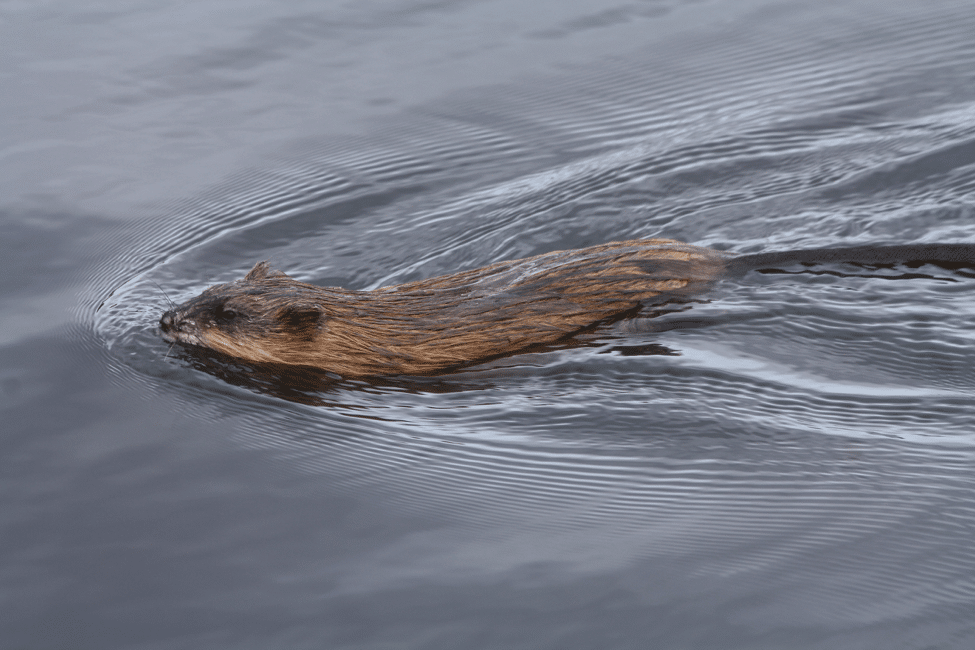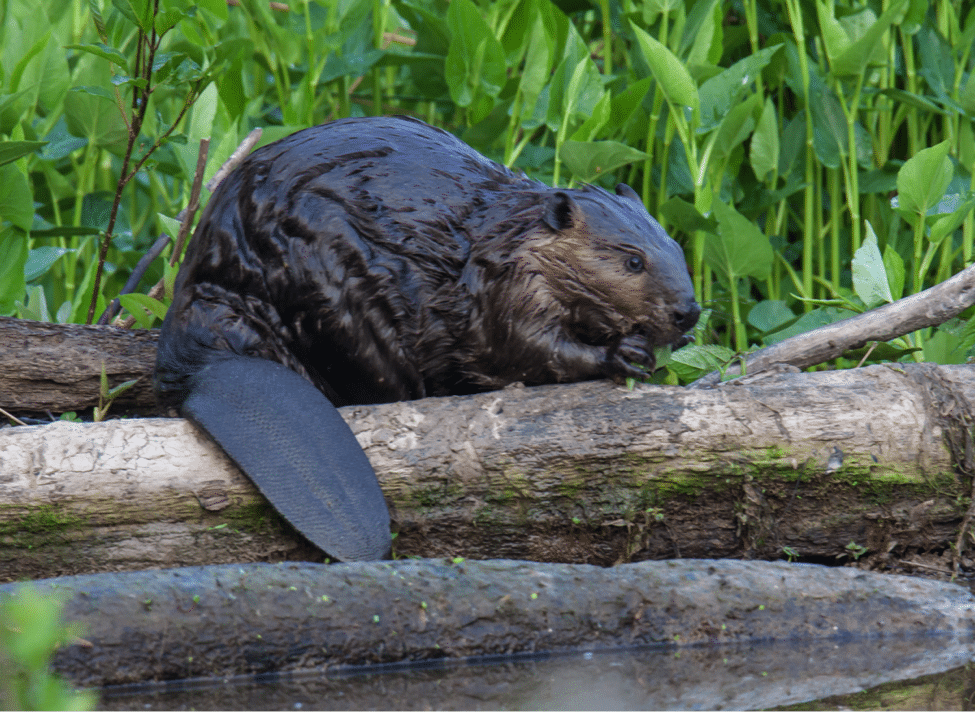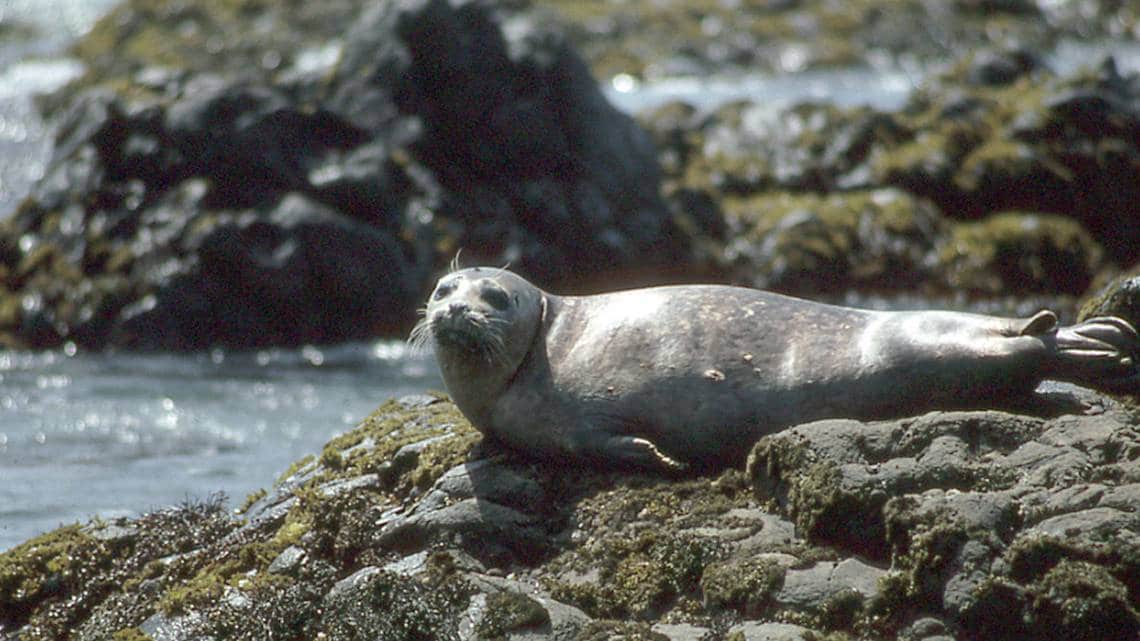How to Identify a River Otter
Click on any photograph to see an enlarged version.
Where to look: Any waterway you’re near! River otters are happy in fresh, brackish and salt water. They’re often seen in coastal areas near the mouths of rivers and creeks. They’re often seen in marshes and wetlands. They’re a little harder to see in vegetated rivers but keep looking, especially when boating. They’re often found in lakes…look where the fish are. In-crowd hint: Check out our otter spotter map to see where they’re often reported!
When to look: River otters are most often seen at dusk and dawn, but can be seen at any hour of the day or night.
What do I look for? Look for large ripples on the surface of the water, lots of bubbles and a 3 to 4 foot-long animal with a long thick tail. The tail is about a third of the body length of the otter. Otters are dark and sleek in the water. Otters have a large black hairless nose (rhinarium).
How do otters swim and move? In the water, river otters do not swim on their backs like sea otters. They can swim along with just their heads showing, they can dive and roll and they often stay underwater for up to 15 or 20 seconds. They also “periscope,” meaning raise their necks far out of the water to see farther. When swimming, they usually carry their bodies just under the surface. They’re very elusive and can “disappear,” into the water, brush, rocks or under overhanging vegetation.
On land, river otters are agile, can run quickly and climb trees. They’re small and narrow-bodied, with longer back legs than forelegs, so they move with a humping gait. They’re often seen running across beaches, or along paths near water.
There’s a superb Otter/Beaver/Muskrat article with photos and descriptions here.
SEA OTTER (Enhydra lutris)
In California, sea otters are most often seen around Monterey Bay and Elkhorn Slough. Occasionally we see them in the SF Bay Area. Sea otters are twice the size of river otters, and are never far from the ocean. They have enormous back flippers, and often swim on their backs with their big flippers sticking out of the water. Their tails are short and not as muscular as river otters. They are clumsy on land.
This video by Tom Reynolds shows sea otters first, then river otters. The differences will become obvious!
MUSKRAT (Ondatra zibethicus)
Muskrats are rodents, about 18 inches long, with a thin tail. Like beavers, they swim straight across the water, with their backs at or slightly above water level, without diving and rolling, until it’s time to submerge.
Typical muskrat swimming; note the thin long tail.
Here’s a nice muskrat video.
BEAVER (Castor canadensis)
Beavers are rodents with large orange teeth. They have a very distinctive large, flat tail which slaps the water when they’re startled. Beavers are burly animals, and weigh about twice as much as river otters. Their fur is clumpy when wet. Like muskrats, their bodies are usually at or slightly above water level when they swim.
Here’s a gorgeous beaver, look at that tail!
Here’s our friend Heidi of Worth A Dam in a wonderful video showing the difference between otters and beavers.
HARBOR SEAL (Phoca vitulina)
Harbor seals are seen in the ocean, bays and marshes. They’re quite fat-looking, because they carry a large layer of fat on their bodies to keep them warm in cold waters. Harbor seals have very large heads and big dark eyes. They startle easily, and dive under water with an enormous splash if you surprise them while kayaking. They’re grayish, with mottled fur, sometimes paler gray toward white.
Here’s a fascinating video of a river otter protecting its prey from a curious harbor seal. Many thanks to the Sonoma County Water Agency for sharing with us!




